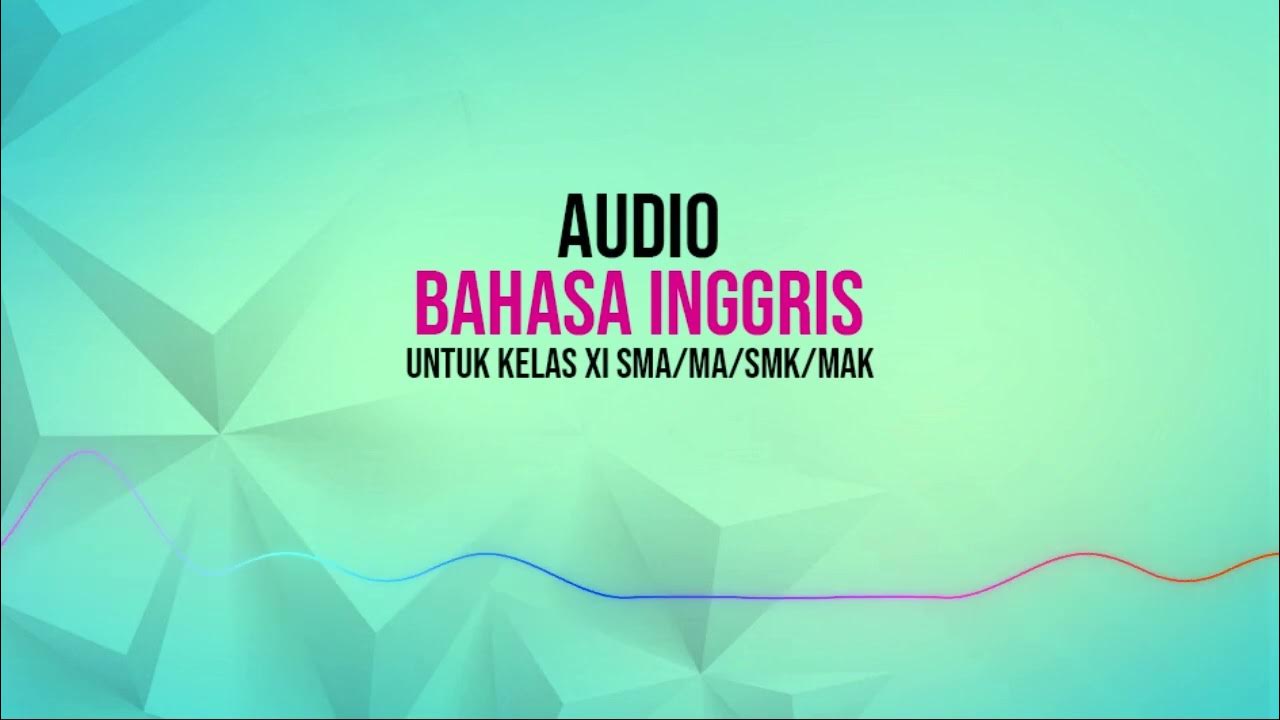B5L2 課文動畫(英文字幕版)(Battling Fake News)
Summary
TLDRThis lesson addresses the rise of fake news, highlighting its spread through the internet and social media. It explains two common forms of fake news: sloppy journalism and deliberate misinformation. Examples illustrate the dangers of fake news, such as the MMR vaccine controversy and a Taiwanese retail manipulation. To combat fake news, the lesson emphasizes critical thinking, evaluating sources, and identifying features of reliable news, such as credible authors and primary sources. The message is clear: with vigilance and research, we can protect ourselves from fake news and contribute to a more informed society.
Takeaways
- 😀 Fake news refers to misleading or false information presented as real news.
- 😀 The internet and social media have made it easier and faster to spread fake news.
- 😀 Fake news often deceives people into believing content is genuine without questioning sources.
- 😀 Two common forms of fake news are sloppy journalism and deliberately false information.
- 😀 Sloppy journalism involves stories published without proper fact-checking or based on unreliable sources.
- 😀 Deliberate misinformation is designed to manipulate social or political outcomes, such as influencing elections.
- 😀 The 1998 study linking the MMR vaccine to autism spread misinformation, leading to lower vaccination rates.
- 😀 Despite being proven inaccurate, the MMR vaccine-autism claim continued to influence people for years.
- 😀 In 2018, a Taiwanese retailer exaggerated a price hike to promote toilet paper, causing widespread panic-buying.
- 😀 To identify authentic news, check for the writer's name, the inclusion of multiple primary sources, and the publication’s credibility.
- 😀 Objective writing that avoids emotional manipulation is a key feature of factual news reporting.
Q & A
What is fake news, and how has it evolved with the internet and social media?
-Fake news refers to news containing false or misleading information that appears truthful. While fake news has existed for a long time, the internet and social media have made it easier and faster to create and share, increasing its spread and impact.
What are the two most common forms of fake news?
-The two most common forms of fake news are: 1) Sloppy journalism, where stories are published based on unreliable information or without fact-checking. 2) Deliberately false information aimed at achieving social or political results, such as influencing elections or promoting a cause.
How did the MMR vaccine and autism controversy illustrate the harm of fake news?
-In 1998, a flawed study suggested a link between the MMR vaccine and autism, causing widespread panic and reduced vaccination rates. Even after the study was disproven, its misleading details continued to influence people's decisions, leading to long-term public health consequences.
How did a Taiwanese hypermarket use fake news to manipulate the media in 2018?
-In February 2018, a Taiwanese hypermarket exaggerated the potential price hike of toilet paper in an email to media outlets, triggering panic buying. The intention was to promote its own toilet paper sale, but it caused significant disruption and demand spikes before the truth was revealed.
What are some features of authentic news that help distinguish it from fake news?
-Authentic news typically includes the writer's name for credibility, cites multiple primary sources for authenticity, is published by reputable platforms like the BBC or CNN, and is written objectively without emotionally charged language.
Why is it important to evaluate the sources of news stories?
-Evaluating the sources of news is crucial to verify the authenticity and reliability of the information. Trustworthy sources help ensure that the news is accurate and not influenced by bias or misleading motives.
What impact can fake news have on society?
-Fake news can lead to confusion, distrust, and harm by influencing public opinion, distorting facts, and causing unnecessary panic or fear, as seen in the cases of vaccine hesitancy and media manipulation.
What role does critical thinking play in combating fake news?
-Critical thinking allows individuals to analyze news critically, questioning its validity, checking multiple sources, and conducting further research to verify the accuracy of information before accepting it as true.
What strategies can be used to avoid falling for fake news?
-To avoid falling for fake news, it is important to evaluate the credibility of sources, look for supporting primary sources, check the reputation of the platform, and assess the objectivity of the reporting. Further research can also help verify the truthfulness of a story.
Why is it essential to resist fake news in the digital age?
-In the digital age, with the rapid spread of information through social media, it is essential to resist fake news to protect society from misinformation, ensure informed decision-making, and maintain public trust in credible news outlets.
Outlines

Cette section est réservée aux utilisateurs payants. Améliorez votre compte pour accéder à cette section.
Améliorer maintenantMindmap

Cette section est réservée aux utilisateurs payants. Améliorez votre compte pour accéder à cette section.
Améliorer maintenantKeywords

Cette section est réservée aux utilisateurs payants. Améliorez votre compte pour accéder à cette section.
Améliorer maintenantHighlights

Cette section est réservée aux utilisateurs payants. Améliorez votre compte pour accéder à cette section.
Améliorer maintenantTranscripts

Cette section est réservée aux utilisateurs payants. Améliorez votre compte pour accéder à cette section.
Améliorer maintenantVoir Plus de Vidéos Connexes

AUDIO BAHASA INGGRIS UNTUK KELAS XI SMA/MA/SMK/MAK

Fake News einfach erklärt (explainity® Erklärvideo)

DAMPAK PENGGUNAAN MEDIA SOSIAL | MATERI INFORMATIKA KELAS 8 ELEMEN DSI | GRATIS DOWNLOAD LKPD !!!

Fake News e Post-Verità: La Chiamata Alle Armi | Guido Saraceni | TEDxVicenza

De onde vêm as notícias falsas? | Nerdologia

Fake news - Tim Verheyden
5.0 / 5 (0 votes)
